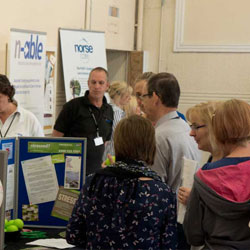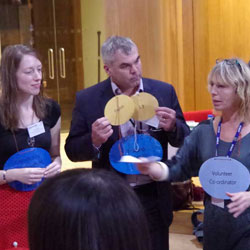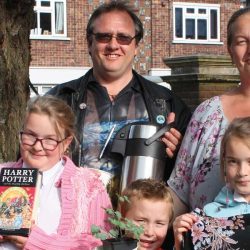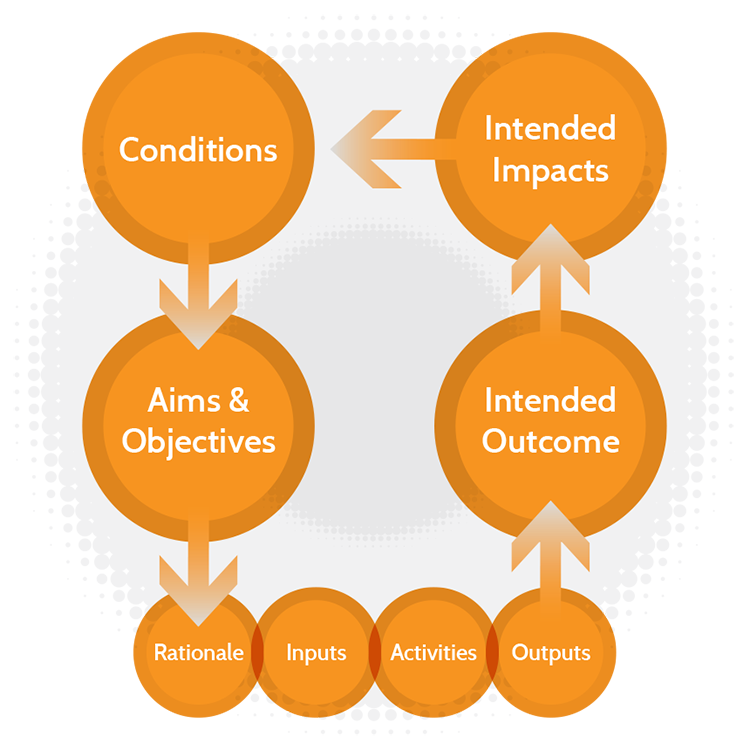Community Resilience
Conditions
Great Yarmouth has 13 neighbourhoods in the bottom 10% nationally for overall deprivations, spread across a total of 7 urban wards and including income deprivation rates between 25 and 49%. Typically, households and communities in these areas have low levels of resilience, making them especially vulnerable to the impacts of changing social, economic and environmental factors. Most recently, there has been a sharp rise in the need for crisis support and intervention services. Communities will need support to mobilise to address issues at source, making use of their networks and potential to exchange skills. These have been demonstrated by successful pilot projects including Family Connectors, Community Advocates, and the community development work funded by the Big Lottery.
Aims & Objectives
The social connections and the capacity of individuals and communities to mobilise to address local issues and needs will strengthen and increase.
Rationale
- The impact made by local community development work, funded by the BLF, and generating quantifiable social and economic returns on investment.
- The recognition shown by VCSE and Public Sector partners of the Connector model, and the contribution made by community groups.
Inputs
Big Lottery funded posts
- 3 x Community Development Workers
- 9 x Community Connectors
3 x GYBC Neighbourhood Managers – match funded
Activities
- To increase grass roots social networks and provide strengths-based community development support.
- To support community groups to start up and develop.
- To link Support Services to interact more seamlessly with community self-help groups.
Outputs
- 1400 new connections made with 530 people making new friendships.
- 2500 people participating in a community event with 625 joining new groups or networks.
- 120 groups of residents supported to work together to address community priorities or to further common interests.s with 265 residents reporting that they feel more active in their community.
Intended Outcomes
- Increased resilience of neighbourhoods, with more prevention work provided by communities themselves.
- Improved skills of community groups to design local projects, increasing the effectiveness of external grant and regeneration monies.
- Reductions in the barriers between mainstream service providers and communities, enabling communities to make more timely and appropriate ‘introductions’.
Intended Impacts
- Communities are better able to manage the challenges created by rapid and unexpected changes to social, economic and environmental factors.
- Regeneration, external grant and public sector monies become more efficient, as more budgets and services are co-produced with, and devolved to, local communities.
- Local services become more responsive, as community self-help groups are recognised as integral, and not simply an add-on, to delivery.
Here are a few examples of our work:
The Gorleston Community Beach Clean
Community Resilience in South Yarmouth
Community Involvement in Great Yarmouth train station refurbishment
The bigger picture

Employment Skills and Economic Development
Supporting those residents furthest from the labour market to improve skills and access jobs.

Voluntary Sector Transformation
Changing the way the voluntary sector works with people with complex needs, ensuring they are supported in a more effective and joined up way.

Theory Of Change
Our unique theory of change recognises that connections and encounters can together affect positive change, increasing resilience and building better communities.

